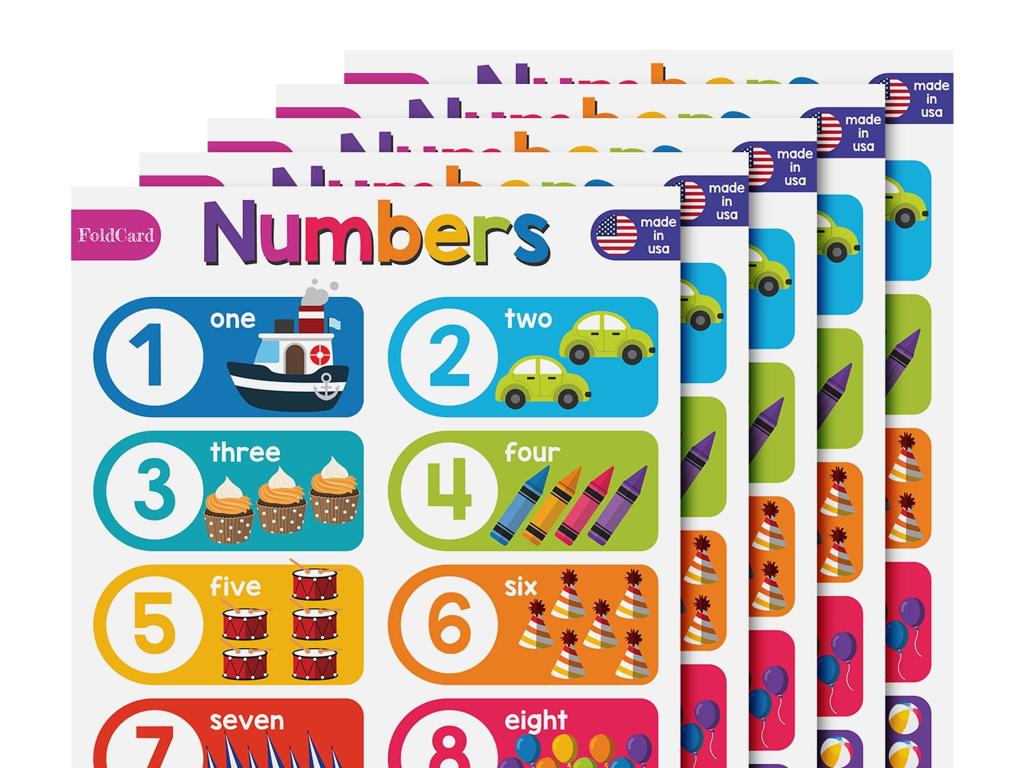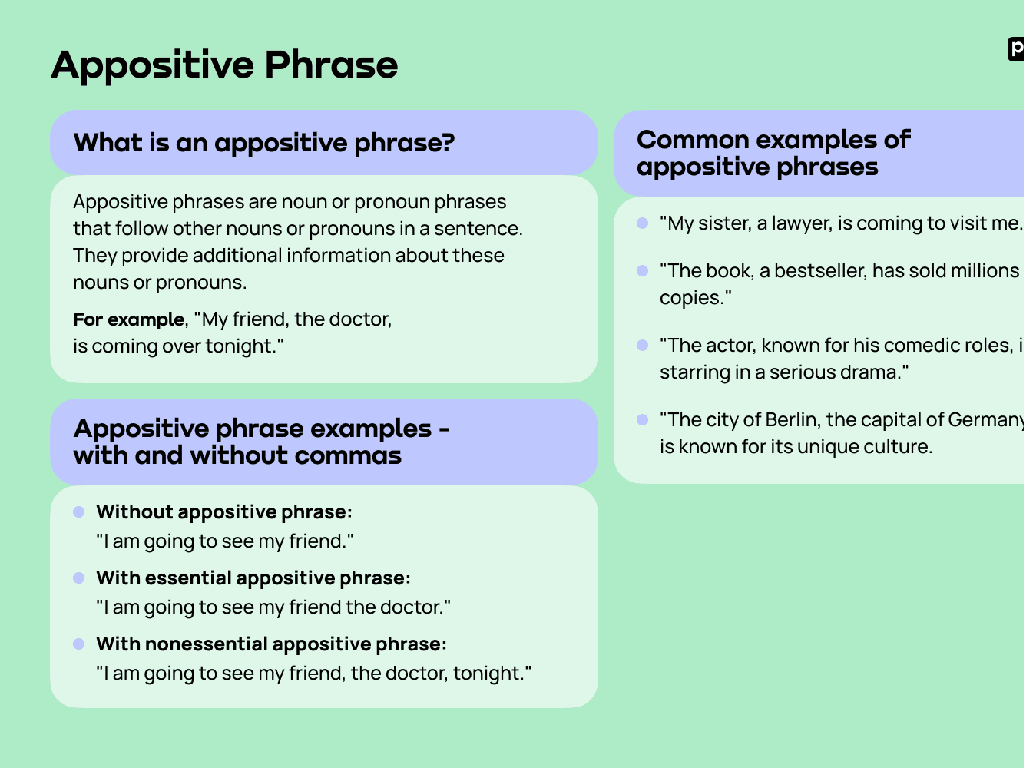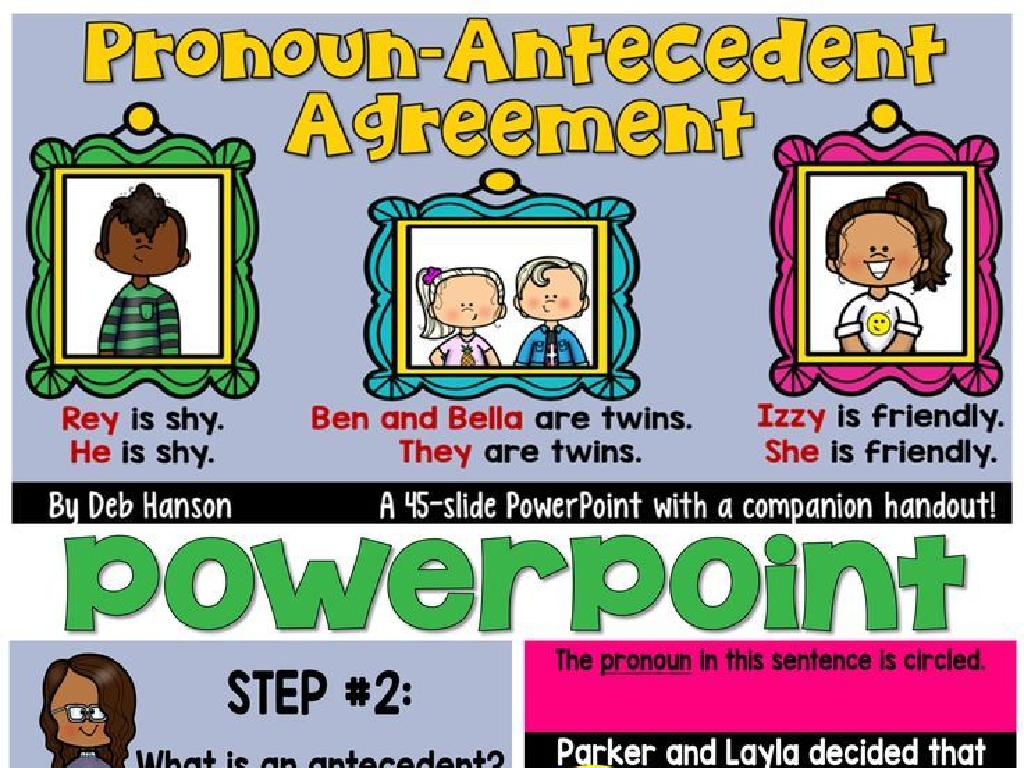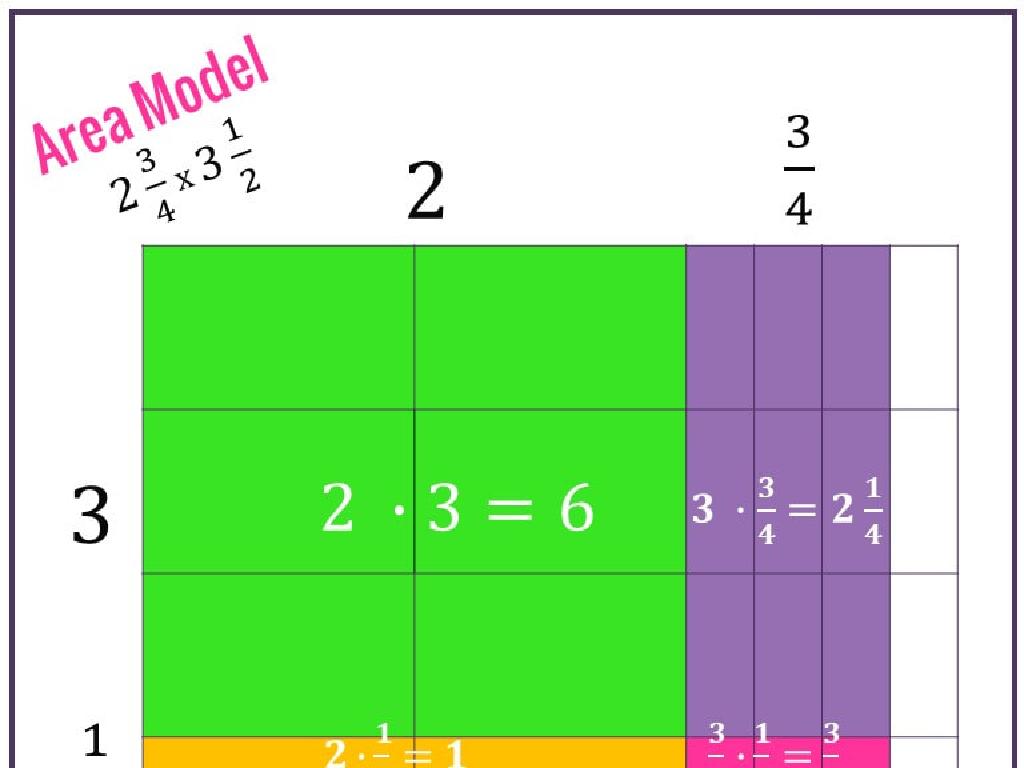Measurement Word Problems
Subject: Math
Grade: Third grade
Topic: Metric Units Of Measurement
Please LOG IN to download the presentation. Access is available to registered users only.
View More Content
Welcome to Measurement!
– Learning to measure things
– Measuring length, volume, weight
– Length (meter), volume (liter), weight (gram)
– Using meters, liters, grams
– Metric units are standard for science and most countries
– Solving measurement word problems
– Apply what we learn to solve real-world problems
|
Today’s lesson introduces the concept of measurement to the students. We will explore the three basic quantities that we measure in our daily lives: length, volume, and weight. The focus will be on understanding and using the metric units of meters for length, liters for volume, and grams for weight. Emphasize the practicality of these units in science and their global use. Engage the students with examples such as measuring their height in meters, the water they drink in liters, and the weight of their lunchbox in grams. After explaining the concepts, present them with word problems that require applying these measurements to ensure they understand how to use them in real-life scenarios.
Exploring Measurement
– Understanding measurement
– It’s how we find the size or amount of things
– Measuring objects
– We can measure height, weight, and more
– Standard units of length
– We use cm, m, and km to measure how long things are
– Practical uses of measurement
|
This slide introduces the concept of measurement to third-grade students, explaining that it is a method to determine the size, length, or amount of something. Emphasize the importance of using standard units like centimeters, meters, and kilometers when measuring length, which helps in comparing and converting measurements. Provide examples such as measuring the height of a desk in centimeters, the length of a room in meters, and the distance between their home and school in kilometers. Encourage students to think of and discuss everyday objects they can measure and why it might be important to know their size or length.
Metric Units of Length
– Centimeters measure small objects
– Like the length of a pencil
– Meters for medium-sized items
– Such as the height of a door
– Kilometers cover long distances
– Think of the length of a road
|
This slide introduces students to the basic metric units of length. Centimeters (cm) are ideal for measuring small objects, such as pencils, which helps students understand precision and small-scale measurements. Meters (m) are used for slightly larger items, like the height of a door, giving students a relatable reference for medium-sized measurements. Kilometers (km) are used for measuring much longer distances, such as the length of a road, which can help students grasp the concept of large-scale measurements. Encourage students to think of other examples of small, medium, and large things they could measure using these units. This will help them understand when to use each unit and how to choose the appropriate unit for different measurement scenarios.
Metric Units of Volume
– Understanding milliliters (mL)
– A milliliter measures small liquid volumes, like medicine.
– When to use liters (L)
– A liter is for larger volumes, such as a water bottle.
– Comparing mL and L
– Practice with real examples
– Example: How many mL are in 3 L of juice?
|
This slide introduces the metric units of volume, focusing on milliliters and liters. Explain that a milliliter is a very small unit of volume, typically used to measure liquids in small quantities, like a dose of medicine. In contrast, a liter is a larger unit, suitable for measuring things like a bottle of water. Show visual comparisons to help students grasp the size difference between a milliliter and a liter. For practice, provide real-life examples that require conversion between milliliters and liters, and vice versa, to solidify their understanding. Encourage students to bring examples of items measured in mL and L from home for the next class.
Metric Units of Weight
– Understanding grams (g)
– A gram measures light items, like a paperclip.
– When to use kilograms (kg)
– A kilogram is for heavy items, like a textbook.
– Comparing g and kg
– Solving weight problems
– Use g and kg to solve real-world problems.
|
This slide introduces the metric units of weight, specifically grams and kilograms, to third-grade students. Begin by explaining that a gram is a very light unit of weight, suitable for small or light objects such as a few grapes or a paperclip. Then, describe a kilogram as a unit for measuring heavier objects, such as a bag of rice or a textbook. Show visual examples of items that would be measured in grams versus kilograms to help students understand the difference in scale. Finally, present a few simple word problems that involve deciding whether to use grams or kilograms for measuring and ask students to solve them, reinforcing their understanding of when to use each unit.
Solving Measurement Word Problems
– Read the problem carefully
– Understand what needs measuring
– Choose the right metric unit
– Liters for liquid, meters for length
– Use math operations to solve
– Add, subtract, multiply, or divide
– Check your work
– Ensure your answer makes sense
|
This slide is aimed at guiding third-grade students through the process of solving measurement word problems using metric units. Start by emphasizing the importance of reading the problem thoroughly to understand what is being asked. Discuss how to decide on the appropriate metric unit, such as using liters for volume or meters for length. Review the four basic math operations and how they can be applied to solve the problem. Finally, remind students to always double-check their work to ensure their solution is reasonable and aligns with the question. Provide examples of word problems and solve them together as a class, reinforcing each step.
Measurement Word Problems: Length
– Understanding centimeters and meters
– How many 16 cm pencils make 1 m?
– If one pencil is 16 cm, how many such pencils do we need to reach 100 cm?
– Remember: 100 cm equals 1 m
– Let’s solve this problem together!
– We’ll divide 100 cm by the length of one pencil to find the answer.
|
This slide introduces students to solving measurement word problems involving centimeters and meters. Start by explaining the relationship between centimeters and meters, ensuring they understand that 100 cm make up 1 meter. Present the example problem about the length of pencils and guide the students through the process of dividing 100 cm by the length of one pencil (16 cm) to find out how many pencils are needed to make 1 meter. Encourage students to visualize the problem and use objects like actual pencils to help them understand the concept. This hands-on approach will make the abstract idea of measurement more concrete for third graders.
Class Activity: Measuring Fun!
– Measure 5 classroom objects
– Record in centimeters or meters
– Share measurements with class
– Discuss choice of cm or m
– Why use cm for a pencil and m for the blackboard?
|
This activity is designed to give students hands-on experience with measuring objects using metric units. Provide rulers or measuring tapes to the students. Encourage them to choose a variety of objects to measure. After they record their measurements, facilitate a class discussion on why certain units are more appropriate for different objects, such as centimeters for small items like pencils and meters for larger items like blackboards. This will help them understand the practical application of measurement units. Possible activities could include measuring a book, a desk, a door, a window, or a chalkboard. Ensure that each student gets a chance to measure and share their findings.
Homework Challenge: Mastering Measurements
– Take your measurement worksheet home
– Solve the word problems carefully
– Use today’s lesson on metric units
– Remember to use meters, liters, and grams
– Bring the completed worksheet next class
|
This homework assignment is designed to reinforce today’s lesson on metric units of measurement. Students are expected to apply their understanding of meters for length, liters for volume, and grams for mass to solve real-world word problems. Encourage them to read each problem carefully, identify the measurement units being used, and apply the appropriate conversion if necessary. Remind them to show their work for each problem and check their answers. In the next class, we will review the worksheet as a group, which will help address any misconceptions and celebrate their successes.






